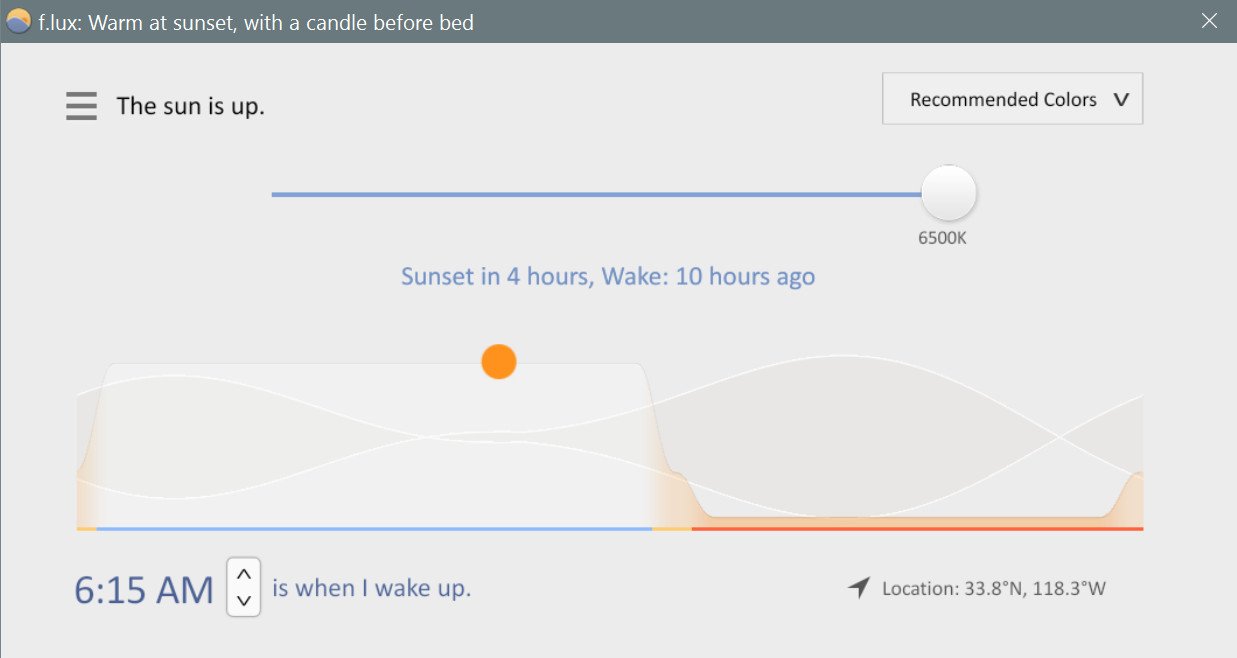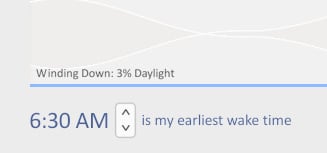F.lux beta can now estimate the circadian effect of your screen brightness

The f.lux beta for Windows is making it even easier to judge the impact of your screen brightness on your body with its latest update. Version 4.21 introduces a couple of new features that not only show you an approximation of how much light your seeing, but also how it's impacting your body and circadian rhythm.

From the f.lux release notes:
In this new build, we've exposed one of our models of how the light from screens affects your body (based on your screens' sizes, and using our 5,000-person survey to approximate your viewing distance). As you adjust settings in f.lux now (or even as you change your laptop's backlight, which is important), you'll see one of five common-sense scores for how much light you're seeing:
- Bright as Day
- Ready to Work
- Staying up Later
- Winding Down
- Circadian Darkness
In addition, f.lux says you'll now see a measure of how much light your seeing measured as "% daylight." The preferences menu will also now tell you how light is offsetting your circadian rhythm based on time of day, indicating whether the light you're seeing is "advancing" or "delaying" your internal clock depending on time of day.
Here's a look at some of the other changes in f.lux version 4.21:
- Notifications are redesigned, when you use the hotkeys (alt-pgup, alt-end, etc)
- Some extra support for wide color ranges on Windows 7
- Gaming mode (safe mode) is removed, because we've incorporated everything it does, finally. Use "very fast" transitions if you notice problems
- We now ask for the "earliest" time you wake up, to clarify what you should do when you have a variable schedule
All of this is in addition to a new bedtime feature f.lux introduced in its previous beta release. When combined, both updates should make it easier to get some insight into how those work sessions in the wee hours of the morning are impacting your quality of sleep.
To check out the latest beta release, you can give it a download at the f.lux forums.
All the latest news, reviews, and guides for Windows and Xbox diehards.

Dan Thorp-Lancaster is the former Editor-in-Chief of Windows Central. He began working with Windows Central, Android Central, and iMore as a news writer in 2014 and is obsessed with tech of all sorts. You can follow Dan on Twitter @DthorpL and Instagram @heyitsdtl.
